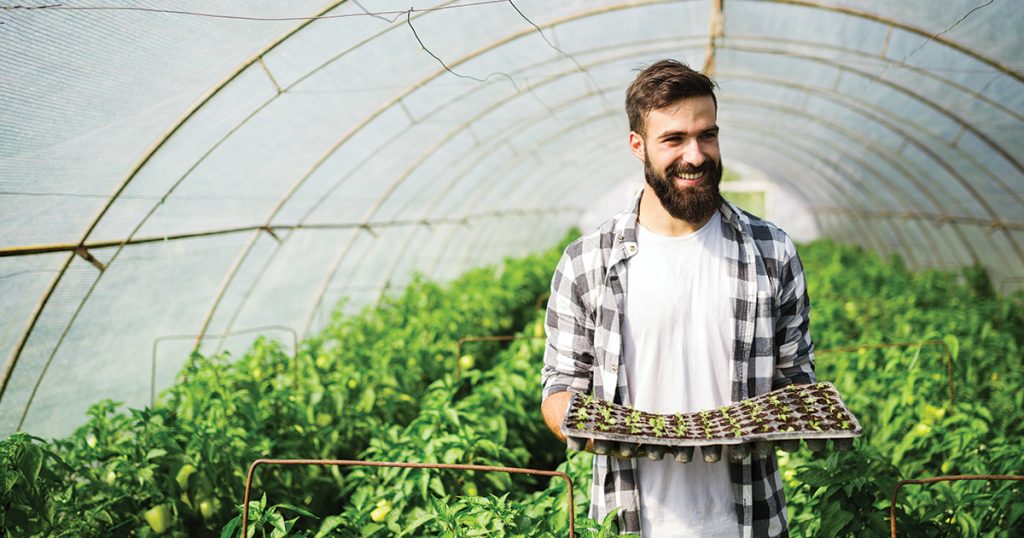Lab-Tested, Field-Proven – Software Driving Agriculture’s Productivity Surge
In the realm of modern agriculture, a technological revolution has taken root, reshaping the landscape and cultivating a surge in productivity. At the heart of this transformation is a suite of lab-tested, field-proven software solutions that have seamlessly integrated themselves into the daily operations of farms worldwide. These digital tools, designed to enhance efficiency, optimize resource allocation and mitigate risks, represent a pivotal evolution in the age-old practice of farming. One of the key catalysts behind this agricultural revolution is precision farming, a concept fueled by software-driven innovation. Through the use of advanced sensors, GPS technology and sophisticated algorithms, farmers can now monitor and manage their fields with unprecedented precision. Lab-tested algorithms analyze soil conditions, weather patterns and crop health in real-time, empowering farmers to make data-driven decisions. This not only maximizes yields but also minimizes environmental impact by precisely tailoring irrigation and fertilizer application to the needs of each individual plant.

The journey from the laboratory to the field has been one of rigorous testing and validation. Software solutions undergo exhaustive testing in controlled environments, ensuring their reliability and accuracy. From simulated scenarios to controlled experiments, these lab trials are essential to fine-tune algorithms and troubleshoot potential issues before the software is unleashed onto real-world farms. The collaboration between agricultural scientists, data analysts and software developers has been instrumental in creating tools that not only meet but exceed the demands of the dynamic and unpredictable agricultural landscape. However, it is on the actual fields, amid the crops and changing weather, that the true mettle of these software solutions is tested. The field-proven nature of these tools is a testament to their adaptability and resilience. Farmers, once reliant on age-old practices passed down through generations, now find themselves equipped with intelligent software that adapts to the nuances of each field. These tools not only automate mundane tasks but also provide actionable insights that transform the decision-making process. Through continuous monitoring and iterative improvements, these software solutions evolve alongside the dynamic nature of agriculture, ensuring they remain at the forefront of productivity enhancement.
The productivity surge driven by software in agriculture is not merely about increasing output; it is about doing so sustainably visit the website. The optimization of inputs, reduction of waste and precise resource allocation contribute to a more environmentally conscious and economically viable farming ecosystem. As a result, agriculture is not just keeping pace with the demands of a growing global population but doing so in a manner that respects the planet’s finite resources. In conclusion, the integration of lab-tested, field-proven software into agriculture marks a transformative chapter in the industry’s history. The precision, efficiency and sustainability ushered in by these digital tools not only elevate productivity but also redefine the very essence of farming in the 21st century. From the laboratory to the vast expanses of cultivated land, this software stands as a beacon of innovation, steering agriculture towards a future where productivity and sustainability coexist harmoniously.
